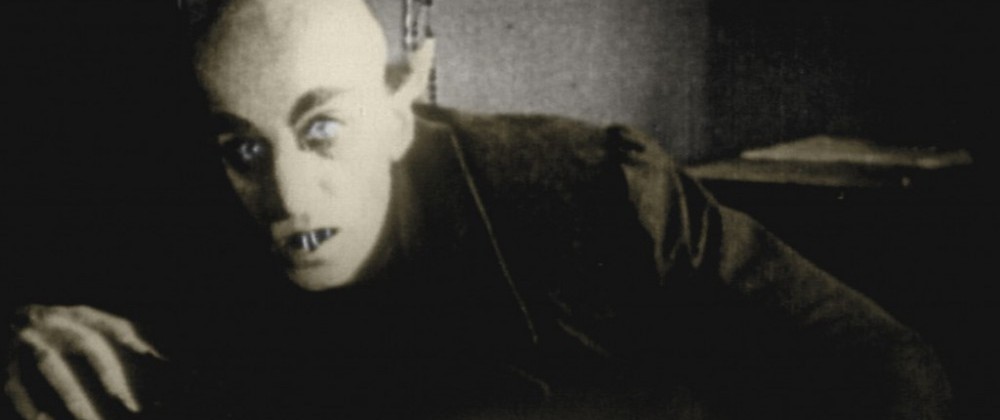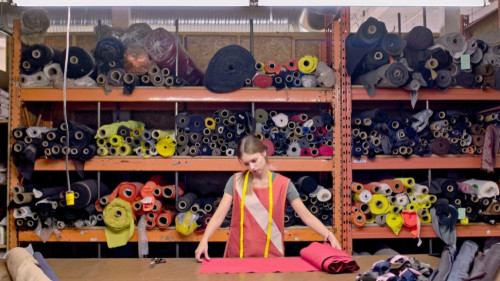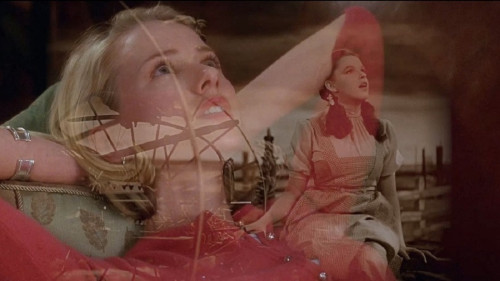Volume 17, Issue 6-7 / June–July 2013
Book Review Issue
In this issue
-
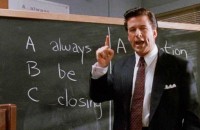
The Place of the Screenplay in Academia
Review of two recent books on the screenplay
-
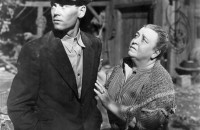
Darryl vs. Spyros: Twentieth Century-Fox: The Zanuck-Skouras Years
-
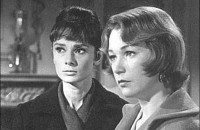
Issues in Post-War American Cinema: Lesbianism, National Identity, Genre and Gender
Double Book Review, Robert J Corber and Christine Gledhill
-

Celluloid Vampires Book Review: No Fang Left Unturned
A Book By Stacey Abbott
-
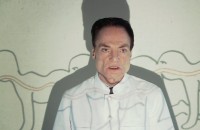
Monsters, Mad Scientists and Cultural Contexts of Horror
Book Review of Grixti and Tudor
-
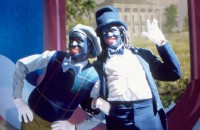
On Virtue, Friendship, and Political Participation in the film The Long Walk Home and in the book Contemporary Black American Cinema
Film starring Whoopi Goldberg and Sissy Spacek
-
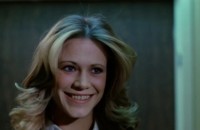
Golden Goddesses: 25 Legendary Women of Classic Erotic Cinema, 1968-1985
A Book Review
-

An Interview with Jill C. Nelson: Author of Golden Goddesses: 25 Legendary Women of Classic Erotic Cinema, 1968-1985
-
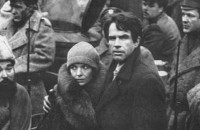
Comrades, Comes the Revolution: David Lean’s Doctor Zhivago and Warren Beatty’s Reds
“Men love wars. Always have.”
-
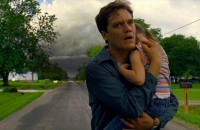
Shotgun Stories, Taking Shelter, Mud: Jeff Nichols’s Trilogy on the Transition of Fathers and Sons in the Postmodern Era
In this issue we turn the spotlight on recent (and not so recent) book releases that survey a broad range of subjects in the ever evolving field of film studies. Elaine Lennon has written extensively for Offscreen on the art (and at times struggle of the screenwriter for proper recognition) of the screenplay and contributes two reviews to this special double issue. Her first review is of two recent books on the screenplay and adaptation, Kevin Alexander Boon’s Script Culture and the American Screenplay and Jack Boozer’s Authorship in Film Adaptation. Lennon centers her piece around two aspects: how film studies can best approach script analysis; and how the screenwriter fits into the already messy arena of film authorship. In her other book review piece Lennon again relates two new books, Robert J. Corber’s Cold War Femme: Lesbianism, National Identity and Hollywood and the Christine Gledhill edited Gender and Genre in Postwar Cinemas to the broader area of the changing or developing nature of film scholarship; in this case how representation of codes of femininity and lesbianism in post-war American cinema and gender codes impacted on the construction of certain genres (key being melodrama, the women’s film, noir) and issues of National Identity. Sandwiched in-between Lennon’s two reviews is first time Offscreen writer Tom Stempel’s review of another major Hollywood studio subject, the Twentieth Century Fox studio period ruled by producer Darryl Zanuck and the lesser known figure of studio head Spyros Skouras (in Peter Lev’s book, Twentieth Century-Fox: The Zanuck-Skouras Years). The following two reviews turn their attention to specific and general approaches to the horror genre. The first is Adam Bagatavicius’ review of Stacey Abbott’s innovative take on the vampire film, Celluloid Vampires: Life After Death in the Modern World. Followed by my own review essay on two books with similar aims —cultural analysis of horror— but with decidedly different readings of the genre, Andrew Tudor’s appreciative, broad but illuminating taxonomy of the horror genre, Monsters and Mad Scientists: A Cultural History of the Horror Movie, and Joseph Grixti’s ideologically damning read of the horror genre, Terrors of Uncertainty: The Cultural Contexts of Horror Fiction. Up next is the first of two reviews by Daniel Garrett. The first is a dual-pronged critical review which first analyzes the social and political import of the 1990 film dramatizing the proto-civil rights act by Rosa Parks on an infamous city bus in Montgmery, Alabama one afternoon on December 1955, The Long Walk Home, and then a recent academic reader on black film scholarship, Contemporary Black American Cinema: Race, Gender and Sexuality at the Movies, edited by Mia Mask and published by Routledge in 2012. Garrett’s second article comes at the end of the special issue and is only tangentially related to the issue’s focus on the book review in that the piece analyzes two ‘epic’ films that grow from the same historical/literary source: the Russian revolution. The films are David Lean’s Doctor Zhivago and Warren Beauty’s Reds; and the respective books that source the two films are Boris Pasternak’s Doctor Zhivago and John Reed’s Ten Days that Shook the World. Bridging the two Garrett pieces are two companion pieces that deal with the world of adult cinema, Mark Penny’s review of Jill C. Nelson’s oral history of what some adult film scholars refer to as the ‘glory days of pornography,’ the 1970s, 1980s, Golden Goddesses: 25 Legendary Women of Classic Erotic Cinema, 1968-1985, and Penny’s interview with author Nelson. Followed by the issue’s penultimate essay, and the only piece not part of the book review theme, first-time writer Harut Akopyan’s thematic study of Jeff Nichol’s first three feature films, Shotgun Stories, Taking Shelter, and Mud. Akopyan argues that the films constitute a trilogy of tales charting the development of father-son relationships, struggling to make sense of traditional father, son and family archetypes within an evolving social landscape that includes, indirectly, feminism, new male archetypes and rural/urban dynamics. (Donato Totaro, ed.)

